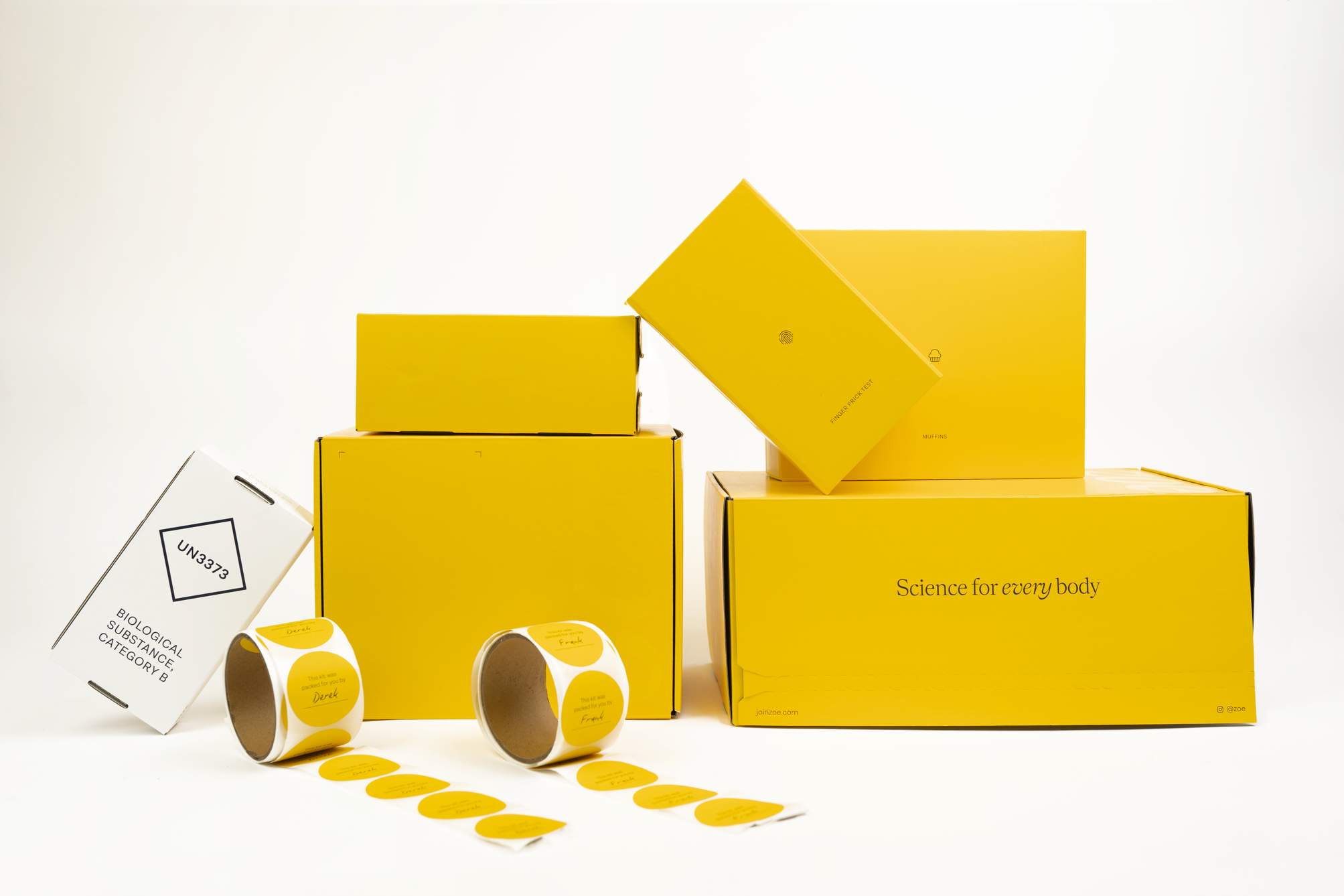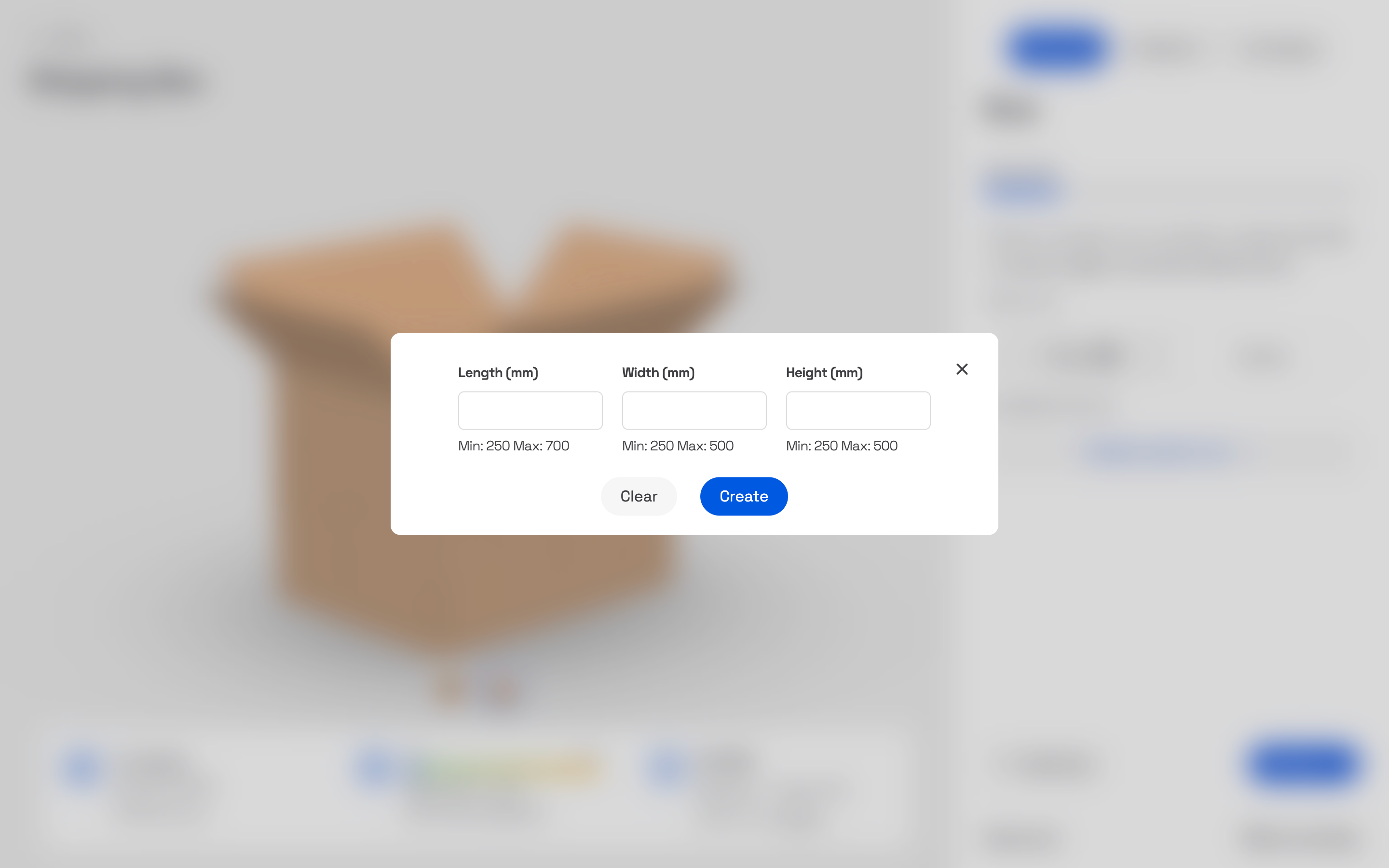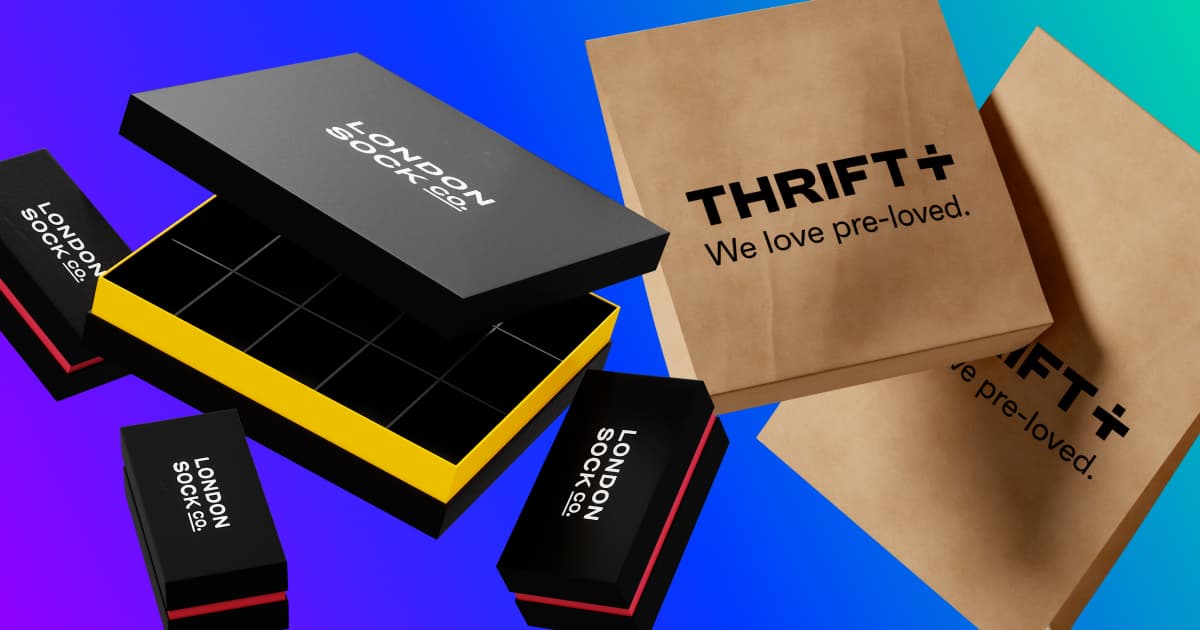Blog Post7 ways to reduce your packaging costs
- Innovation
- Sustainability
- Design
- Marketing
Rachel KevernAugust 17, 2022 - 6 min read

Every business knows that reducing their packaging costs is a good idea in theory, but many underestimate just how much of an opportunity it is. IKEA, for example, was able to save €1.2 million every year after they redesigned the packaging for a single product. Dell saved $13 million in a single year.
Such savings are possible because fewer packaging costs also always mean fewer costs elsewhere. Cutting out redundant space in your packaging, for example, will reduce the size of your packaging. This will bring down your material and production costs, but it'll also mean you can fit more products on a pallet, driving shipping costs down too. And, of course, it also reduces your carbon footprint.
Admittedly, addressing packaging costs can be tricky. For decision-makers like founders, packaging is usually trumped by other priorities. For others like procurement teams, packaging may be a priority but often time and resources are scarce. And sometimes just knowing where to start can be hard.
To make the task of reducing your packaging costs easier and faster, we've put together a straightforward guide with seven practical strategies. Here it is:
1. Review your current packaging costs
It sounds simple but it's easy to not have a complete view of the numbers, especially if like most businesses you have tens of packaging SKUs coming from different suppliers. Do you know exactly how much you're spending on packaging? Do you know how much you're spending on each component? Do you know how much you're spending on each packaging bundle?
Answering these questions is the only way to know if there are more cost-effective options you can benefit from. For example, you may find that the mailer box, branded stickers and product labels you use to send your product is actually more expensive than printing everything directly onto a mailer box.
Or you may find that the poly mailer bag you've used for years is more expensive than a new mailer bag that's just come on the market. That's the case with our recycled mailer bag — a fully customisable, lightweight bag that's ideal for shipping soft goods. It not only has a carbon footprint 20% smaller than industry-standard poly mailer bags, but it's also up to 50% cheaper. But without reviewing your current packaging costs, you may miss opportunities like this, and you won't have a benchmark to improve from. In short, always start with your costs.

Need help reviewing your packaging costs? Book a free consultation
2. Reduce your packaging components
Using fewer packaging components is a sure-fire way to reduce your packaging costs, and the logic is simple. Fewer components mean fewer materials which means fewer costs across procurement, production, transport, logistics and management. It also means a smaller carbon footprint and less waste.
Often though, packaging designs become overly complicated, with more and more components sneaking in over time as businesses try to improve the unboxing experience. Printed collateral like brochures is a prime suspect for this.
What's more important, however, is that keeping these components in check and reducing them where possible can lead to massive reductions in your packaging costs. One great example of this is Sonos who in 2019, digitised a legal booklet that was previously a printed component of their packaging. According to their responsibility report, the move saved the business 207,000 pounds of paper and $640,000 annually.
Reducing the number of packaging components doesn't mean you have to downgrade. Packaging like custom inserts can be die-cut to fit multiple products or components, allowing you to secure, protect and showcase a selection of items with a single SKU. In turn, you have fewer packaging components, fewer components to manage and fewer packaging costs.
3. Prioritise high-quality packaging
Low-quality packaging often results in more breakages. This creates an unfortunate domino effect, resulting in replacement unit costs, replacement packaging costs and replacement freight costs. Low-quality packaging also normally needs propping up by additional packaging. A substandard shipping box, for example, may need extra tape to make sure it holds up in transit. It may also need void fill to protect the product, driving up the bundled costs in the process. And when it finally arrives at your customer's door, it likely won't be in the best condition — increasing the risk of returns and complaints. In other words, low-quality packaging doesn't pay off.

On the other hand, high-quality packaging minimises the risk of breakages and reduces the need for unnecessary packaging components (which also means fewer inventory costs). High-quality is a subjective term, but in this context, it's mostly concerned with products, materials and components that perform better than entry-level alternatives. This could mean thicker liner papers that don't rip easily, or a double-walled shipping box to protect a fragile item instead of a single-walled box.
This type of packaging may cost marginally more in the short term, but the long-term benefits for your packaging costs are clear.
4. Reduce volume with right-sized packaging
Right-sized packaging is packaging that minimises the redundant, empty space around your product without compromising its safety. This sounds sensible, but many businesses still ship their products in oversized packaging — up to 40% too big according to DHL. And, unfortunately, any increase in volume is an increase in both packaging costs and shipping costs.
But by choosing right-sized packaging, you can dramatically reduce your packaging costs. It's this exact strategy that allowed IKEA to achieve their saving of €1.2 million every year. When they realised they could break down their Ektorp sofa and flat pack it instead, they were able to reduce the packaging size by 50%, removing all the air they were previously shipping and paying for.
With Sourceful, you can right-size packaging online, from shipping boxes and mailer boxes to stickers. Or if you need something more bespoke, you can work with our design team to create a packaging solution that meets your exact needs — without any expensive air.

Ready to create right-sized packaging? Chat to an expert
5. Order larger quantities
Leveraging large order quantities to drive down unit costs is a smart way to reduce your packaging costs in the long run. What's more, the savings can be significant. If you ordered 500 Sourceful mailer boxes, it would cost you £1.03 per unit. Order 10,000 and the unit cost would be £0.61 — a 40% saving per unit. Not only is this a direct way to reduce your packaging costs, but it can also make high-quality packaging more affordable by mitigating the slight cost increase.

Using this strategy does, however, come with challenges. First, ordering larger quantities will affect cash flow, something which must be assessed before moving forward. Second, storing larger quantities requires extra space and capital. For most fast-growing businesses, both of these challenges can be difficult to manage, which is why we always recommend working with experts to help you find the right balance. Luckily, Sourceful has a team of dedicated logistics experts and offers international warehousing, allowing you to order larger quantities, free up your own space and reduce packaging costs.
6. Reduce the number of suppliers
Having multiple suppliers is often seen as an advantage because you can shop around for the best price. Whilst there may be some truth in this, it only considers the shelf price of whatever you're buying. In reality, finding new suppliers is time-consuming for your procurement team as is managing existing suppliers. And as your number of suppliers keeps climbing, this can quickly become hundreds of hours for your business — hours which cost you money.
In contrast, having one supplier is a simpler, more efficient and more cost-effective approach. For packaging, a single supplier means every SKU is consolidated in one place, making it easier, faster, and cheaper for your team to manage. It'll also allow you to build a better supplier relationship, in turn increasing your purchasing power and even leading to better payment terms. And, unsurprisingly, all of this can reduce your packaging costs.
7. Keep compliant with new regulations
One final way to reduce your packaging costs is to keep compliant with new regulations, which is crucial to avoid your costs spiralling upwards. And as governments try and incentivise more sustainable products, new regulations are becoming unavoidable. In this year alone, the UK government introduced the new and substantial Plastic Packaging Tax, and more recently in June, Scotland introduced their landmark ban on single-use plastics.
Not ensuring all of your packaging components are compliant can result in your packaging being subject to ever-increasing costs, which if left unchecked, will add up.
Read more: Everything you need to know about the plastic packaging tax
Finding ways to reduce your packaging costs is more important than ever as supply chains are put under increasing pressure from material shortages, climate events and soaring prices. So now's the time to review your current packaging costs, stop shipping air and keep compliant with new regulations.
If you have any questions about reducing your packaging costs or need some guidance, we can help. Contact us








